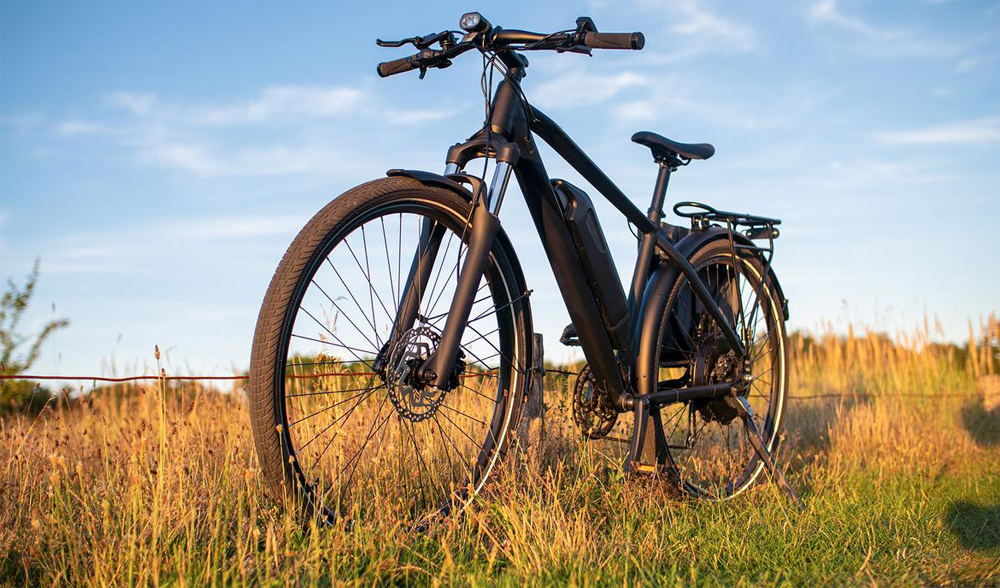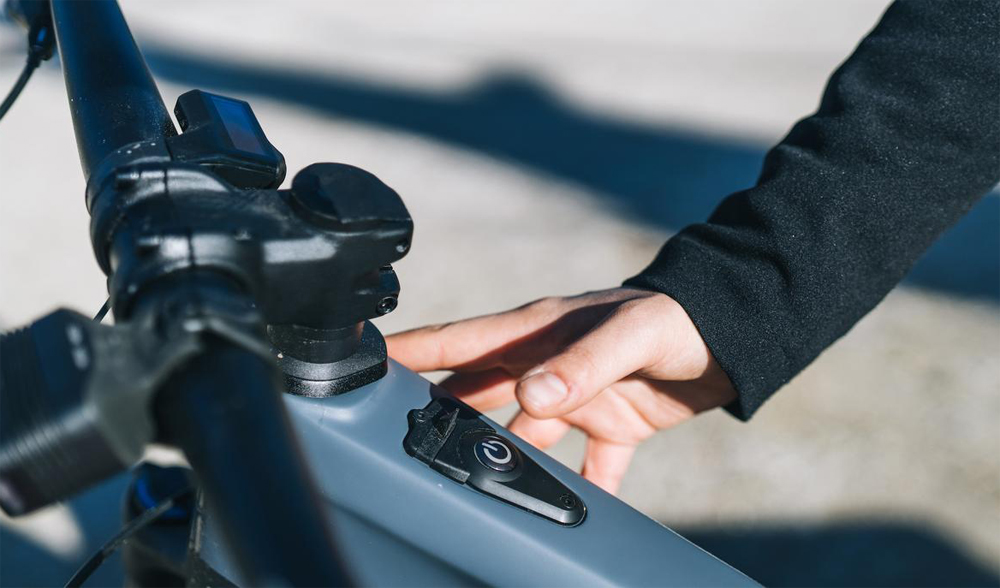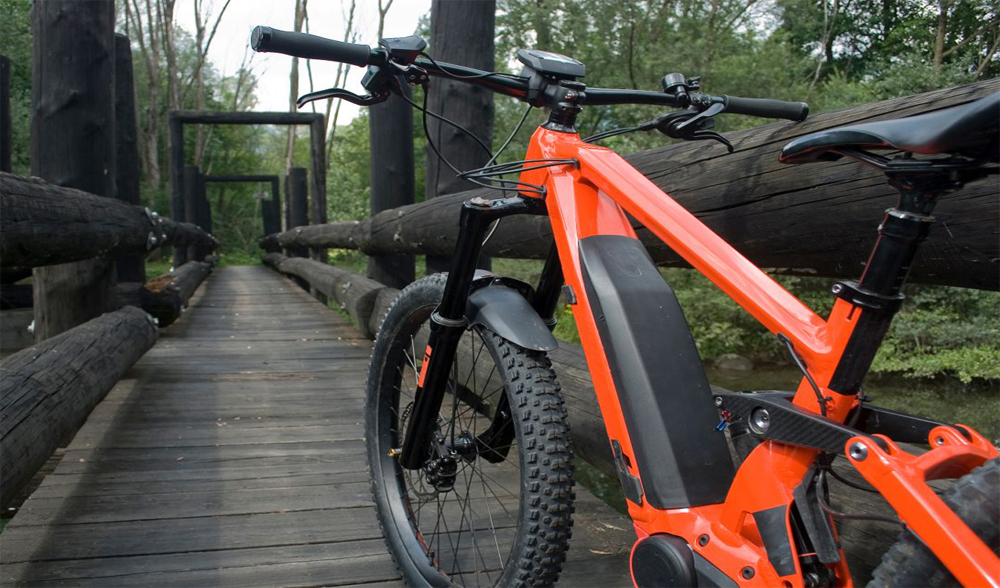Owning an eBike underscores the pivotal role its battery plays in determining ride performance and range. Implementing proper charging methodologies is paramount to preserve the battery’s health and optimize its lifespan. Whether you’re well-versed in e-biking or a newcomer, understanding optimal charging practices is key to safeguarding your investment. Therefore, delving into crucial strategies for charging your eBike battery holds significant importance for electric bike enthusiasts. These strategies encompass charging frequency, ideal charging temperatures, and steering clear of overcharging and undercharging.
If you aim to ensure your eBike battery endures and consistently delivers reliable performance, this article is a comprehensive guide to best practices for charging. Additionally, it touches upon essential maintenance tips to uphold your eBike battery’s prime condition.

The Basics of EBike Batteries
Central to the efficiency of eBikes is their battery system. A fundamental understanding of eBike batteries not only aids in informed purchasing decisions but also contributes to elongating their battery life.
EBike batteries function by storing and releasing electrical energy via a chemical reaction. Most commonly, eBikes utilize lightweight lithium-ion batteries characterized by their high energy density. The capacity of an eBike battery is quantified in watt-hours (Wh) and dictates the distance achievable on a single charge.
Varieties of EBike Batteries
Despite numerous brands touting cutting-edge technology for eBikes, three prevalent battery types dominate the market:
Lead Acid Batteries: Among the oldest battery types, lead acid batteries are bulkier, less dependable, and possess lengthier charging times compared to newer variants. Though often employed in cars and larger vehicles due to their cost-effectiveness, they pale in comparison to lithium-ion batteries, which offer over tenfold higher energy density.
Nickel-Metal Hydride Batteries: Renowned for use in rechargeable electronics, NiMH batteries are safer due to their lower active material content and superior energy density. However, they charge slowly, and attempting rapid charging can result in damage. Their limited performance under extreme temperatures renders them less versatile for the robust and durable design required for eBikes.
Lithium-Ion Batteries: Acknowledged for their exceptional performance in eBikes, lithium-ion batteries reign supreme. Their advantages include lightweight construction, extended lifespan, superior energy density, and minimal discharge rates. These batteries outlast their counterparts and endure multiple discharge and recharge cycles without compromising storage capacity. Most manufacturers favor lithium-ion batteries owing to their availability and continual advancements in various chemical compositions. Lithium-ion batteries serve as the powerhouse in nearly all modern electric devices, including sophisticated electric bicycles.
Influential Factors Impacting EBike Battery Life
Several factors exert influence over an eBike battery’s longevity and performance. A comprehensive understanding of these factors aids in better battery care and increased lifespan. The critical factors encompass:
Temperature: Exposure to extreme temperatures, be it hot or cold, can gradually degrade the battery’s performance and capacity. Safeguarding the battery from prolonged exposure to temperature extremes is crucial.
Usage: The frequency and manner in which an eBike is used significantly affect the battery’s lifespan. Excessive usage or strain, such as utilizing the highest assistance level or frequent uphill riding, accelerates the battery drain and diminishes its capacity.
Charging Habits: The charging methods employed directly impact the battery’s longevity. Overcharging or undercharging can degrade performance over time. Utilizing the appropriate charger and promptly removing the battery upon charging completion is imperative.
Maintenance: Regular upkeep and inspection contribute to prolonging the battery’s lifespan. Regular cleaning to prevent debris accumulation and timely replacement of damaged or worn-out batteries significantly enhance overall eBike performance.
Battery Chemistry: The choice of battery chemistry profoundly affects the battery’s lifespan. Lithium-ion batteries stand out as the most prevalent type, renowned for their high energy density and extended lifespan.
By assimilating knowledge about the factors influencing eBike battery life, one can effectively extend its longevity. Learning the nuances of eBike battery care aids in maximizing the investment and ensures a seamless and gratifying riding experience every time.

Strategies for Maximizing EBike Battery Health through Charging
Effectuating charging strategies is pivotal in ensuring the sustained health of your eBike battery. Key considerations encompass charging frequency, depth of discharge, optimal charging temperature, and usage of the appropriate charger.
Charging Frequency and Depth of Discharge: Paramount to battery health is the frequency of charging and discharge levels. It is advisable to charge the battery after each ride or every few days based on usage. Avoiding complete discharge prevents undue stress on the cells, thereby elongating their lifespan.
Optimal Charging Temperature: The charging process is profoundly impacted by ambient temperature. Charging the battery in extreme temperature conditions, either below freezing or above 40°C (104°F), can impair the cells and diminish their capacity. Storing the eBike in a cool, dry environment while avoiding direct sunlight or heat sources is vital.
Avoiding Overcharging and Undercharging: Overcharging and undercharging pose significant threats to eBike battery health. Overcharging leads to increased heat generation and faster degradation, while undercharging results in cell imbalances and reduced capacity. Employing chargers compatible with the eBike model and adhering to manufacturer recommendations mitigates these issues. Most modern eBikes incorporate built-in protection circuits, yet monitoring the charging process remains essential to prevent extended charging durations.
Using the Right Charger: Selecting an appropriate eBike charger is crucial for optimizing the longevity of your eBike’s battery. Not all eBike chargers possess the same capabilities, and employing an incompatible eBike charger may lead to detrimental effects or a shorter battery lifespan. Power1986 offers high quality eBike chargers specifically designed for lithium-ion batteries. These high quality eBike chargers incorporate a protective circuit to guarantee secure and effective charging while being conveniently compact for portability. Employing a correct eBike charger not only mitigates the potential dangers of fire or electric shock but also enhances safety significantly.
Proper Storage of EBike Batteries: Adequate storage practices significantly contribute to maintaining battery health during periods of non-use. Ensuring proper storage involves shielding the battery from moisture, extreme temperatures, or direct sunlight. For prolonged storage, charging the battery to around 50% capacity and storing it in a cool, dry place is recommended.

Maintenance Tips for eBike Batteries
Maintaining the eBike battery is pivotal for sustained performance and durability. Following these maintenance tips ensures the battery remains in optimal condition:
Regular Inspections and Cleaning: Periodic inspections and cleaning prevent debris accumulation that could lead to damage or degradation. Using a soft cloth for cleaning and vigilant inspection for signs of wear or cracks is recommended.
Replacing Damaged or Worn-out Batteries: Immediate replacement of damaged batteries prevents further harm to the bike’s electrical system and ensures optimal functionality.
Proper Storage: Correct storage practices during non-usage, including keeping the battery cool and dry, devoid of extreme temperatures or humidity exposure, contribute significantly to its longevity. Additionally, removing the battery during extended storage periods is advisable.
In Conclusion
Adhering to proper charging methodologies and diligent maintenance routines is imperative for preserving the longevity and performance of eBike batteries. Regular charging, avoidance of overcharging or undercharging, appropriate storage, and consistent maintenance uphold the battery’s durability. By embracing these best practices, eBike batteries can endure for years, ensuring numerous delightful rides.
Empower Your eBike with Power1986
Discover Power1986, your go-to source for advanced eBike Scooter Chargers and power solutions. Our commitment to innovation and quality ensures products that surpass reliability and efficiency standards. Explore our premium selection, including Car Battery Chargers, eBike Scooter Chargers, DC-AC Power Inverters, and Switching Power Supplies. At Power1986, we prioritize delivering solutions that empower your eBike experience. Our range of products guarantees high standards, ensuring optimal performance and reliability.
